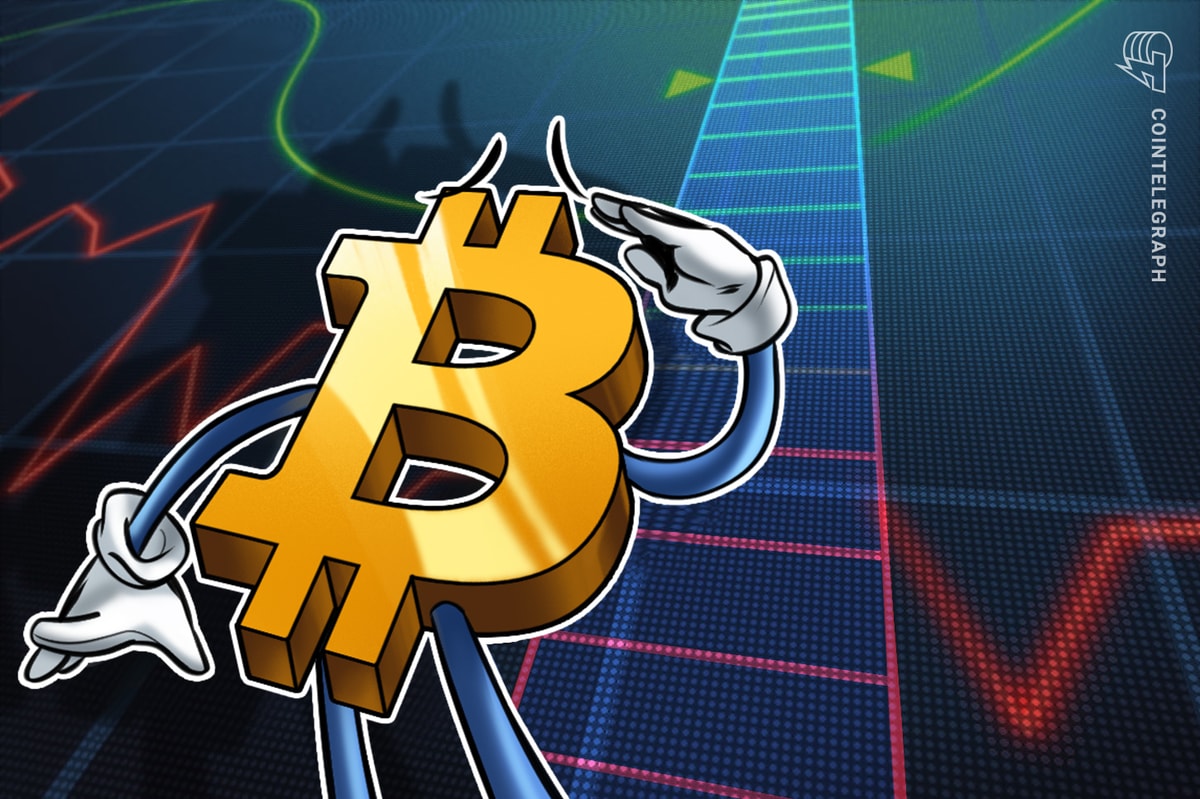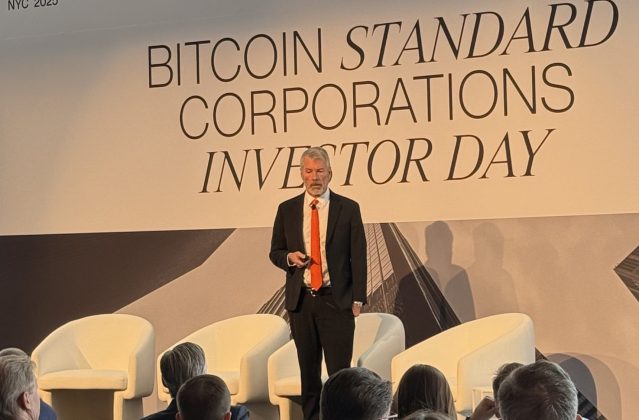Despite a record 19-day streak of inflows into United States-based spot Bitcoin exchange-traded funds (ETFs), many are wondering why the price of Bitcoin has failed to surpass its all-time high of $73,679 set in March. Analysts say they have the answer.
As of June 6, spot Bitcoin (BTC) ETFs around the world held around 1.3 million Bitcoin or 5.2% of BTC circulating supply, with a big chunk of that held by the U.S. listed ETFs, according to HODL15Capital.
However, analysts say many other factors impact the price and that the ETFs don’t have enough clout.
“ETF flows are fantastic, but they are not strong enough to exceed the entire ecosystem selling (yet),” Capriole Investments founder Charles Edwards told Cointelegraph.
“You do realize the market is made up of spot, futures, ETFs, and options, right? Price at any point in time is a product of all of these, not just one of them,” crypto trader Christopher Inks wrote in a June 7 X post.
“ETFs are important, but the price of BTC is more heavily influenced by macroeconomic factors and geopolitical events,” cryptocurrency exchange co-founder Radar Bear explained to Cointelegraph.
Bitcoin ETFs may need to open up in more markets first
According to data from Farside, Bitcoin ETF net inflows on June 6 totaled $217.7 million.
Since they launched, spot Bitcoin ETFs have seen over $15.5 billion in inflows — although some traders believe the amount is still too small to significantly impact prices until other markets open up.
“There are still no spot Bitcoin ETFs in the U.K. or Japan, two major markets. There is lots of room to grow,” Cane Island Alternative Advisors founder Timothy Peterson told Cointelegraph.

Following the approval of spot Bitcoin ETFs on Jan. 10, Bitcoin surged nearly 53%, reaching all-time highs of $73,679 by March 13.
However, in the nearly three months since then, it has failed to rally further, trading mainly within the range of its high and the $60,000 support level.
Long-term holder movement is a significant factor
Edwards indicated that for another significant price surge to happen, confirmation of one of the three major factors will be required:
“Higher average ETF buying, lessened long-term holder selling, growth in U.S. or global liquidity,” he explained.
Edwards emphasized that the selling by long-term holders is a significant factor, noting that those who have held Bitcoin for more than two years have been selling more frequently in 2024.
Related: Is Bitcoin’s on-chain bull run momentum over? Indicator flashes red
This group’s share of the total Bitcoin supply has dropped slightly to 54% over the past six months, according to Edwards, which has a much bigger impact on Bitcoin than it sounds.
“While 3% doesn’t sound like much, that is equivalent to about 630,000 Bitcoin, or about 3x the total amount purchased by all of the Bitcoin ETFs in the United States,” he explained.

He further noted that the Bitcoin halving effects haven’t kicked in yet:
“We likely haven’t seen the impacts of the Halving, with the daily Bitcoin issuance dropping by 50% in March. We will likely see the delta between ETF consumption and Bitcoin mined widen substantially over the next 12 months.”
Magazine: Longevity expert: AI will help us become ‘biologically immortal’ from 2030
This article does not contain investment advice or recommendations. Every investment and trading move involves risk, and readers should conduct their own research when making a decision.







